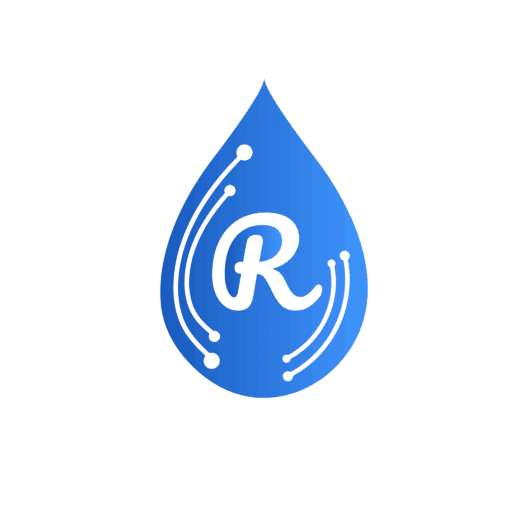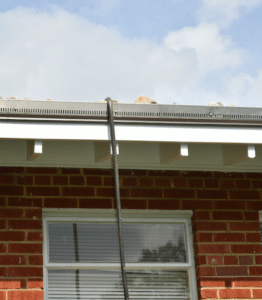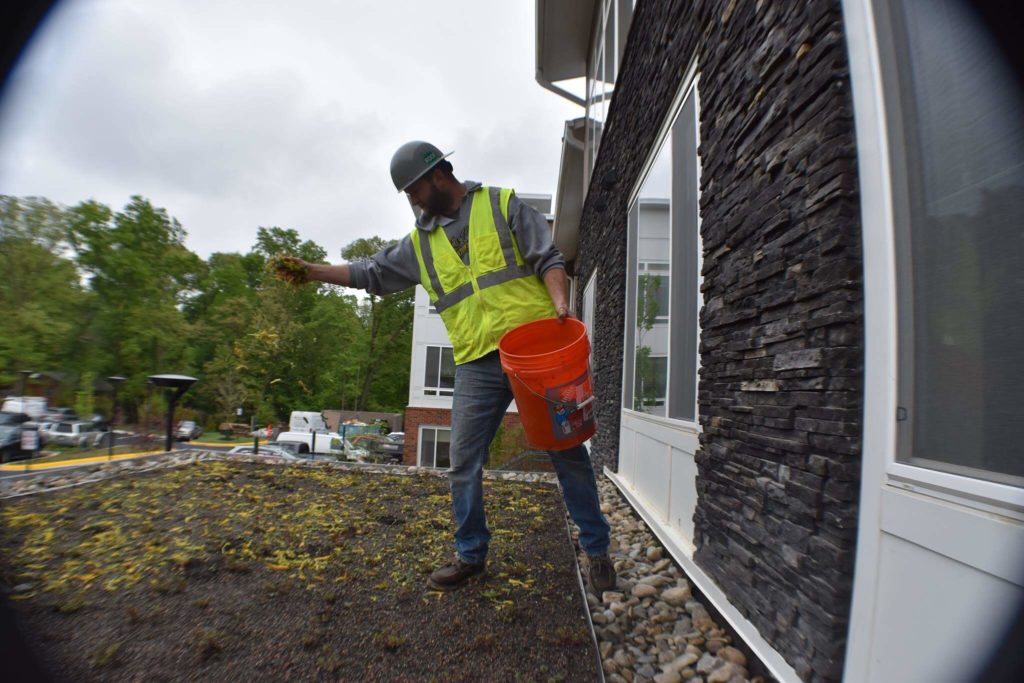Your Green Roof in Winter
You installed your green roof and with winter approaching you wonder what happens next. It might be tempting to walk away from it during the cold months and re-adjust come spring, but even green roofs need TLC during winter. Mike White of Connect Contracting writes more about caring for your new investment.
Green roof installation
Your green roof will make your life more comfortable and less costly during winter. It will be insulating your building against the cold. The vegetation will continue to absorb rainwater and any snowmelt. Plus, it will protect your roof against the natural elements that reduce lifespan.
On a typical extensive green roof, we plant perennial species that will die back in the winter and return in the spring. These plants are sedum varieties (like succulents) that hibernate and lie dormant in the winter months. What you may notice about your sedum roof though, is that it changes color in winter. While the foliage is vibrant during most of the year, in the winter the colors will fade. The colder the temperature, the more pronounced the winter colors will become. You may also notice a change in texture or the general appearance of the sedums. During the plant’s growing season, the foliage will appear full and lush. It’s because the succulents are storing water. Yet, a plant that stores water freezes over in cold temperatures which damages its cell walls. In winter, plants need to keep less water in their cells.
Green roof safety
A green roof is no place to be in the winter. At this point of the year, routine maintenance and winterization should be complete. Below is a list of maintenance tasks to prepare for. Before doing so, please consider the safety hazards of winter roof work, and consider hiring a green roof professional. If you must walk on the roof, avoid stepping on the plants as best you can. Most green roof plants are resilient enough to walk through and step on. Still, as they lie dormant, they are less likely to bounce back in the spring if damaged.
Green roof maintenance tasks
- Keep gutters and drainage outlets free of debris. If the water is unable to discharge from the roof, it could cause damage in freezing conditions.
- Remove debris from the roof as that debris will deprive the plants of sunlight. You can complete this at the beginning of the spring if you feel more comfortable getting on the roof then.
- In special cases, you might consider wind protection. Green roofs with a large amount of bare growth media could be at risk of blowing off the roof. Properly established green roof media should pack in tight and the lighter organic material will have already filtered below the surface.
Stormwater drainage
There are several ways to water your green roof throughout the year, but you should drain irrigation systems before freezing conditions. In an extensive green roof, typically a drip irrigation system is installed within the growth media or above the finished grade. All irrigation systems are set up with similar components. They will likely be comprised of a programmable timer, electronic valves, drip line, or solid piping with pop-up heads.
If the green roof is under a service or maintenance contract, the winterization should be scheduled during the last visit of the year. We recommend having a contract set up in place to guarantee all pipes and drips are taken care of. Although, if you prefer DIY, you as the homeowner can take a few simple steps:
- Detach the timer or piping from the hose bib to allow for initial drainage. If the timer/valve is attached directly to the hose bib, it should be removed from the hose bib and piping. In other words, it should be stopped for the winter. If there are many valves, they should all be detached or manually opened.
- In most cases, the step above will not entirely drain the system. If it is a “drip” system, the remaining water can be drained by opening the kinked ends of the lines. These lines may be marked or “daylit” by the installing green roof contractor and require you to access the roof.
- However, if the homeowner is equipped with the tools, it is preferable to use a compressor to blow out the lines. Connecting a compressor on the ground to the valve(s) or the piping is the most efficient and effective way to perform this task.
If the irrigation system is a pop-up sprinkler system, then a compressor is required to blow out the lines. In this case, it is recommended that a green roof professional is sought out to complete the work, as the pop-up systems tend to be more intricate.
Rooftop lawn checklist
If you walk away from this article unclear about irrigation systems and drip lines, we at least hope that this quick summary of what you as a property owner should consider helps you in your process. If you don’t have the time or feel confused about what needs to be done, talk to your green roof installer to set up a maintenance package and have them send you a list of items they will accomplish before the last check-in before winter.
- Clean up your green roof in the fall to prepare it for winter. Remove debris and check bare areas of the roof.
- Most importantly be sure to rid your roof of dripping water, and don’t overwater before a freeze. You want a dry roof and dry plants for most of the winter months.
Rainplan recommends that you track a maintenance schedule for your installation. Your Rainplanner will be sure to recommend any maintenance routines to follow after the installation of your roof. Proper maintenance is vital to keep your roof aesthetically pleasing. Also, it helps direct stormwater and snowmelt runoff to protect from property and environmental damage.
For more information on maintenance or to reach out about the potential installation of a green roof, you can contact Mike White at mike@connectcontracting.net or reach out to one of our Rainplanners to schedule a free consultation call.





